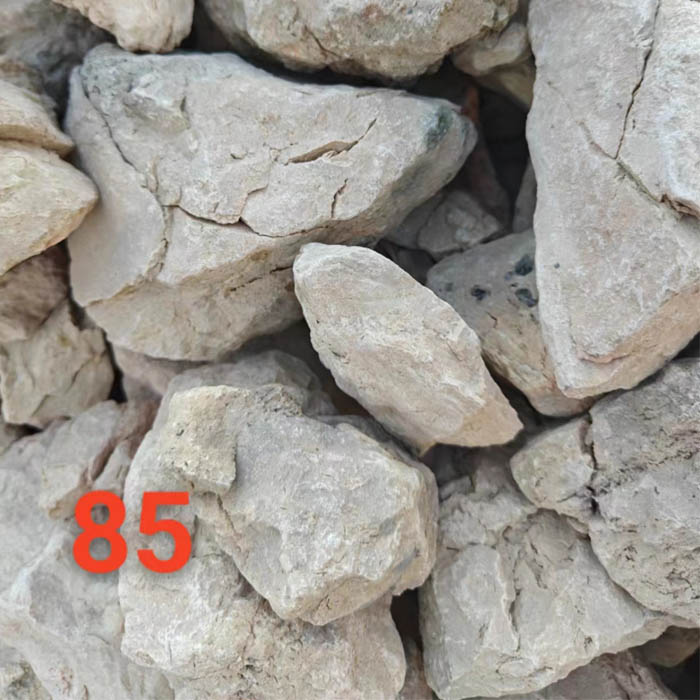Nov . 09, 2024 16:05 Back to list
Gypsum Board Fire Resistance Solutions from Leading Manufacturing Facilities
The Importance of Gypsum Board Fireproofing A Look at Modern Manufacturing Practices
Fire safety is a critical aspect of building design and construction, and gypsum board has emerged as a vital material in this context. With its inherent fire-resistant properties, gypsum board is widely used in the construction of walls, ceilings, and partitions in various structures. This article explores the significance of fireproofing with gypsum board, the manufacturing processes involved, and the benefits of selecting high-quality fire-resistant materials from reputable factories.
Understanding Gypsum Board and Its Fire-Resistant Properties
Gypsum board, commonly known as drywall or plasterboard, consists of a core made primarily of gypsum (calcium sulfate dihydrate) sandwiched between two sheets of heavy paper or fiberglass mat. Its ability to resist fire is attributed to the chemical composition of gypsum, which contains water in its crystalline structure. When exposed to heat, the water evaporates, helping to slow down the spread of flames and providing crucial time for occupants to evacuate the building.
Moreover, gypsum boards are classified based on their fire-resistance ratings, which determine how long they can withstand fire exposure. These ratings are essential for compliance with building codes and safety regulations, making fire-resistant gypsum board a preferred choice for commercial and residential constructions.
The Manufacturing Process of Fire-Resistant Gypsum Board
The production of fireproof gypsum board typically involves several steps, starting with sourcing quality raw materials. The primary ingredient, gypsum, is mined and then calcined to produce calcium sulfate hemihydrate. Various additives, including fiberglass, and anti-fungal agents, may be incorporated into the mix to enhance fire resistance and durability.
In modern factories, advanced technology plays a pivotal role in maximizing efficiency and ensuring product quality. Automated mixing and forming systems allow for precise control over the consistency of the gypsum slurry, which is then poured onto the facing materials. The boards are pressed, dried, and cut to size, all while maintaining strict quality control procedures to ensure they meet the required fire-resistance standards.
Quality assurance is vital in fireproofing manufacturing, and many factories implement stringent testing protocols. Samples of the finished boards are subjected to fire tests to confirm performance and compliance with national and international standards, such as ASTM and ISO guidelines.
gypsum board fireproofing factory

The Benefits of Gypsum Board Fireproofing
1. Enhanced Safety The primary advantage of using fire-resistant gypsum board is the increased safety it provides. It can significantly reduce the spread of flames and smoke during a fire, protecting lives and property.
2. Regulatory Compliance Many building codes require specific fire-resistance ratings for construction materials used in commercial buildings. Choosing high-quality fire-rated gypsum board ensures compliance, avoiding potential legal issues and fines.
3. Versatility Gypsum boards can be used in various applications, from residential homes to high-rise commercial buildings. They hold up well under a variety of environmental conditions and can be installed in both interior and exterior applications.
4. Cost-Effectiveness While the initial cost of fire-resistant gypsum board may be higher than regular drywall, the long-term benefits far outweigh the investment. The potential for reduced insurance premiums and decreased fire damage costs can lead to significant savings over time.
5. Sustainability Many manufacturers are now focusing on eco-friendly practices, utilizing recycled materials and producing boards with low volatile organic compounds (VOCs). This focus on sustainability aligns with the growing trend toward environmentally conscious construction practices.
Conclusion
As fire safety becomes increasingly important in the construction industry, the role of gypsum board fireproofing cannot be overstated. Modern manufacturing techniques ensure that high-quality fire-resistant gypsum boards are available, providing builders and architects with reliable materials that meet safety standards. By investing in such products, stakeholders can enhance safety, adhere to regulatory requirements, and promote sustainable construction practices, ultimately contributing to safer and more resilient buildings. With ongoing advancements in manufacturing and materials science, the future of gypsum board fireproofing looks promising, reaffirming its place as a cornerstone in fire-resistant construction.
-
Eco-Friendly Granule Covering Agent | Dust & Caking Control
NewsAug.06,2025
-
Fe-C Composite Pellets for BOF: High-Efficiency & Cost-Saving
NewsAug.05,2025
-
Premium Tundish Covering Agents Exporters | High Purity
NewsAug.04,2025
-
Fe-C Composite Pellets for BOF | Efficient & Economical
NewsAug.03,2025
-
Top Tundish Covering Agent Exporters | Premium Quality Solutions
NewsAug.02,2025
-
First Bauxite Exporters | AI-Optimized Supply
NewsAug.01,2025
